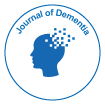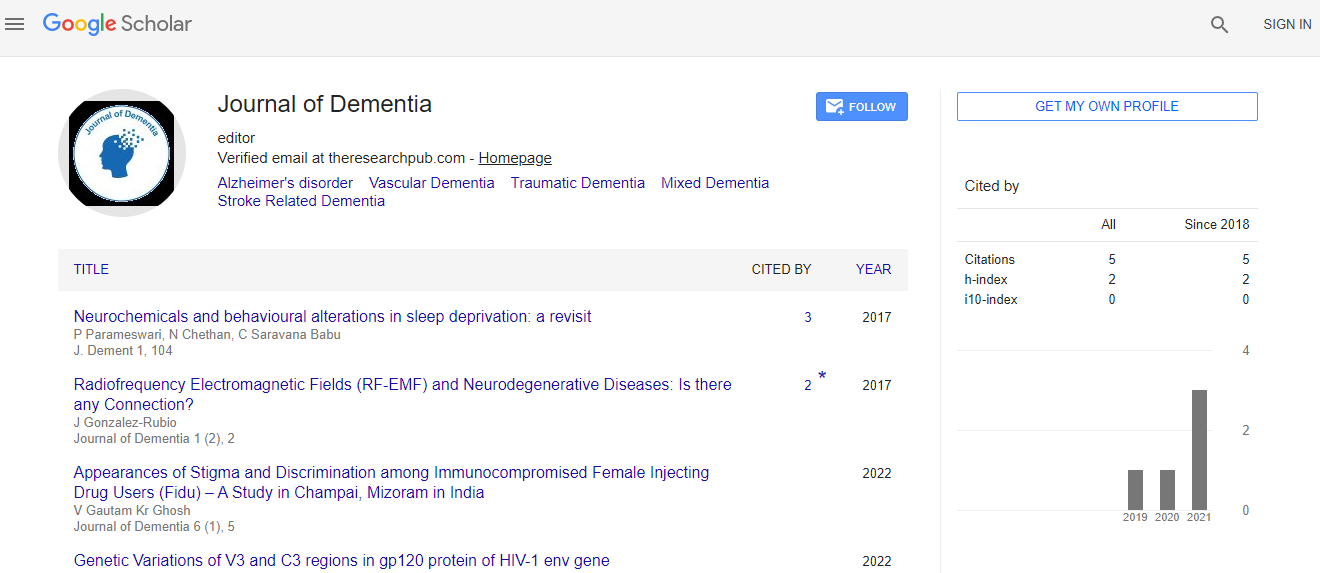Exploring the Pathophysiology of Alzheimer's Disease: Insights into Amyloid and Tau Pathways
*Corresponding Author: Hong Chen, Department of Neurology, Izmir Katip Celebi University, Turkey, Email: chenhonh009@gmail.comReceived Date: Jan 01, 2025 / Published Date: Jan 30, 2025
Citation: Hong C (2025) Exploring the Pathophysiology of Alzheimer’s Disease:Insights into Amyloid and Tau Pathways J Dement 9: 257.
Copyright: © 2025 Hong C. This is an open-access article distributed under theterms of the Creative Commons Attribution License, which permits unrestricteduse, distribution, and reproduction in any medium, provided the original author andsource are credited.
Abstract
Alzheimer’s disease (AD) is a progressive neurodegenerative disorder characterized by cognitive decline and memory loss. The pathophysiology of AD is primarily associated with amyloid-beta (Aβ) plaques and tau protein tangles, which contribute to synaptic dysfunction, neuroinflammation, and neuronal loss. Amyloid pathology results from the improper cleavage of amyloid precursor protein (APP), leading to Aβ aggregation and plaque formation. Tau pathology is marked by hyperphosphorylation of tau protein, causing microtubule destabilization and neurofibrillary tangle (NFT) accumulation. These pathways interact to exacerbate neuronal dysfunction and cell death. Recent research highlights the roles of neuroinflammation, oxidative stress, and genetic predisposition in the progression of AD. Understanding these mechanisms provides insights into potential therapeutic strategies, including amyloid-targeting agents, tau inhibitors, and neuroprotective treatments. This review explores the amyloid and tau pathways, their interconnections, and implications for future interventions in AD management.

